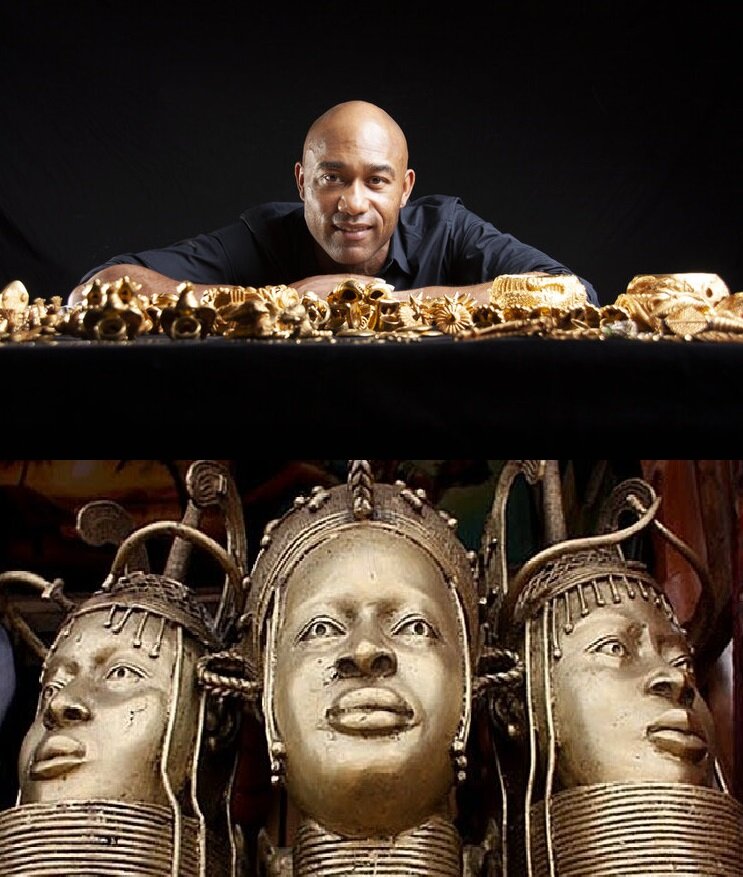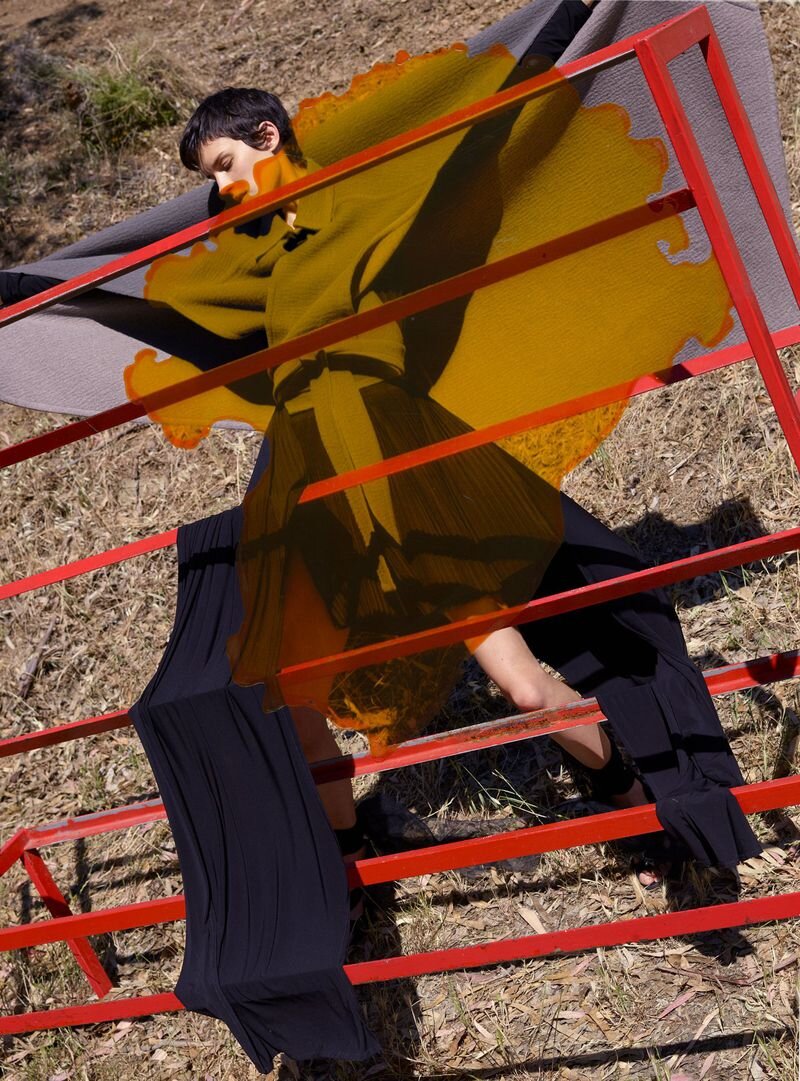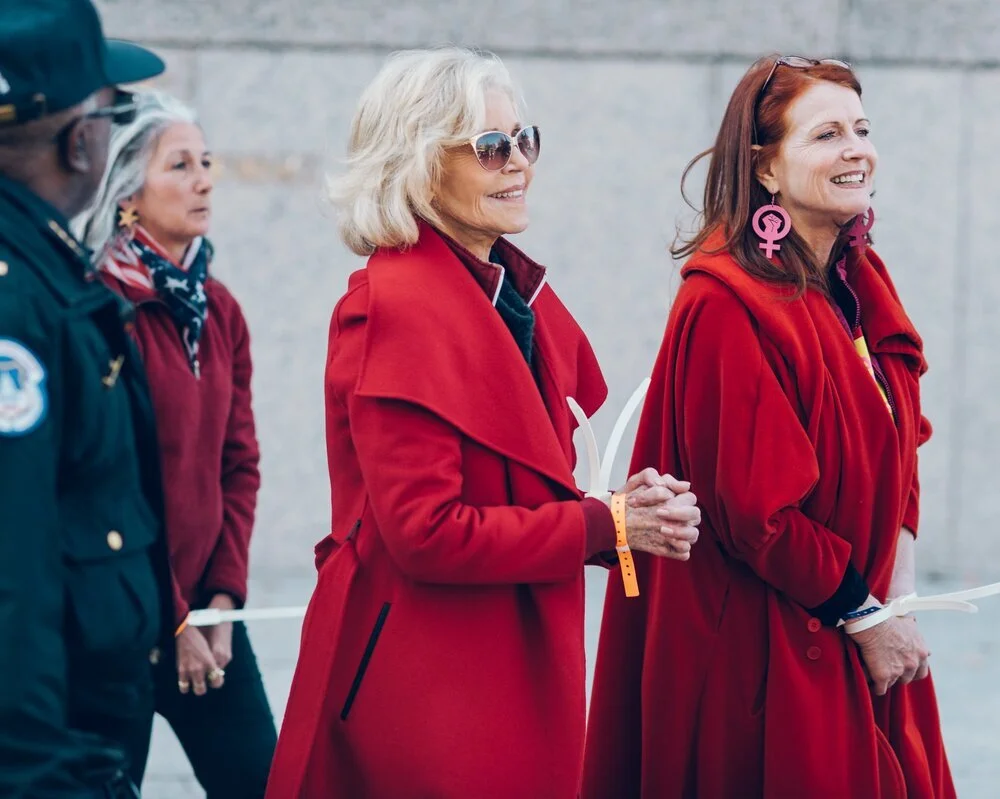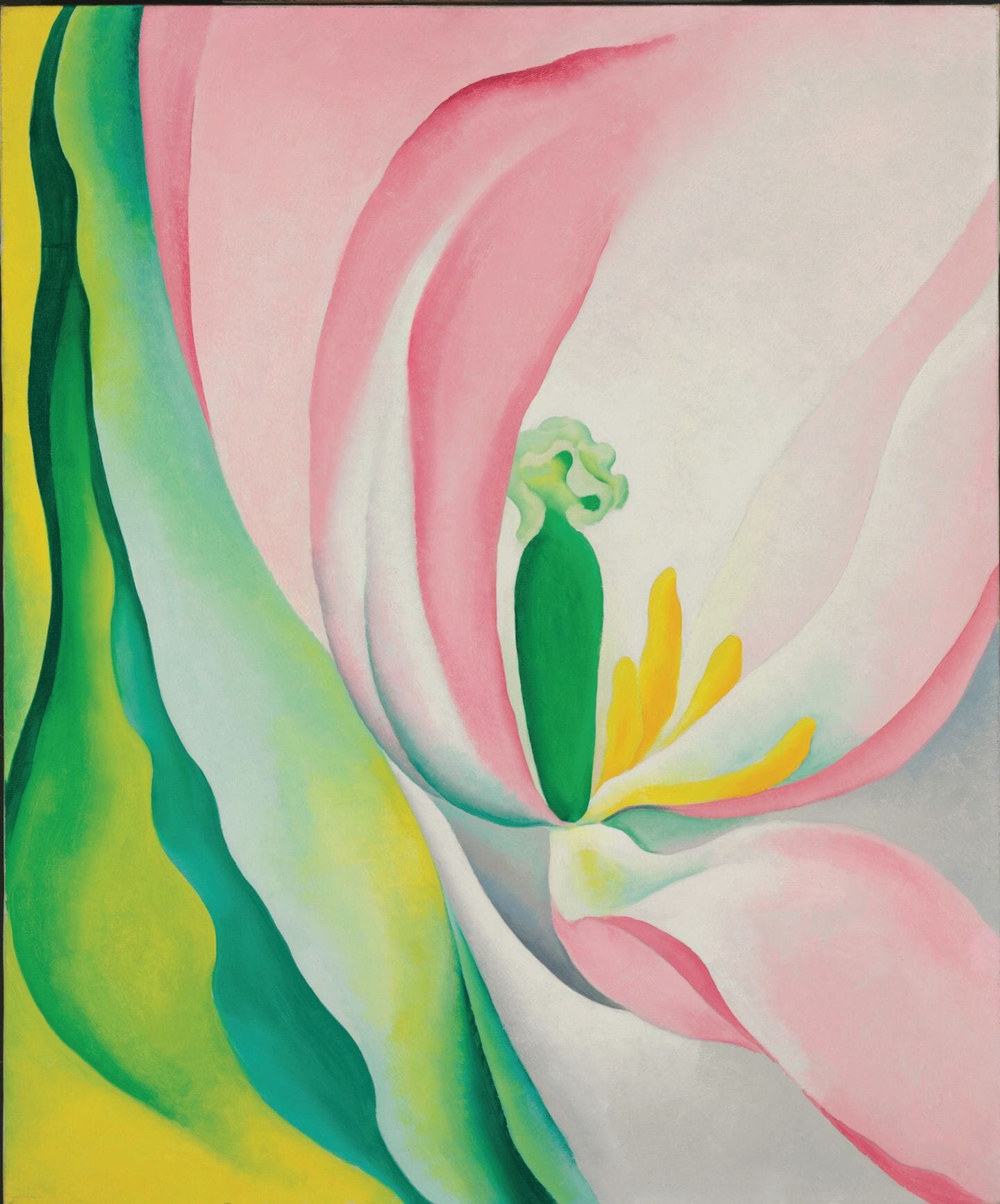Photographers JR & Jonas Bendiksen | Artistry in Kibera, Kenya
/ JR’s “Women Are Heroes” in KiberaNOWNESS, Louis Vuitton’s culture website Tweeted JR’s “Women Are Heroes” project just now, featuring photos from Kibera, located in Nairobi, Kenya.
JR’s “Women Are Heroes” in KiberaNOWNESS, Louis Vuitton’s culture website Tweeted JR’s “Women Are Heroes” project just now, featuring photos from Kibera, located in Nairobi, Kenya.
We’ve written extensively about this inspiring, global project and only recently connected it to Jonas Bendiksen’s widely-read stories at Anne of Carversville: ‘The Places We Live”: Four Monumental Slums Typify ‘Home’ for More than One Billion People.
Bendiksen photographs Kibera from another angle than JR.
We found ourselves in Kibera for another reason, wanting to learn more about the so-called “flying toilets” of Kibera. If you require translation, a “flying toilet” consists of human waste put into a plastic bag and tossed into the air, landing on roads or in gutters.
The photographs of both JR and Jonas Bendiksen bring the “flying toilets” of Kibera into sharp focus.
JR’s “Women Are Heroes in Kibera”
 JR “Women are Heroes” Kibera, Kenya, Jan. 2009In Tucson last year, it was so divine not seeing any billboards. But JR’s “art” is an entirely different subject.
JR “Women are Heroes” Kibera, Kenya, Jan. 2009In Tucson last year, it was so divine not seeing any billboards. But JR’s “art” is an entirely different subject.
This crazy Tunisian, eastern European hybrid Monsieur JR “photograffeur”, who pastes enormous black-and-white photographic canvases in various urban environments, owns more than his fair share of my brain cells.
Remarking that there is no art in slums … he makes some, aggrandising local people into larger-than-life characters, then papers, plasters and hammers his photos on everything in sight: buildings, roofs, trains, bridges — even in Paris.
JR visited Kibera in 2008 to take photographs of its residents. Now women of Kibera are having their Andy Warhol 15 minutes of fame, thanks to his vision “Women Are Heroes”.
He returned in 2009 after the mayhem of the election riots (mayhem is putting it mildly), to plaster their portraits on train carriages and on the roofs of their houses.
By using waterproof vinyl material, he ensured his art might have a practical purpose. “The more you go to places like Kibera, the more you realise that the people don’t understand you,” he says, in his faultless, breathless English. “Food is their first need. They don’t do art just for the love of art. It has to make sense. By making their roofs rainproof, what we did made sense. They loved it. via London Times
 JR “Women are Heroes”, Kibera, Kenya, Jan. 2009 His work is captivating. JR’s dynamic eyes, noses and other body parts exude an irrepressible confidence and pride … much like their creator. JR stories are endless, especially because the artist lives comparatively incognito.
JR “Women are Heroes”, Kibera, Kenya, Jan. 2009 His work is captivating. JR’s dynamic eyes, noses and other body parts exude an irrepressible confidence and pride … much like their creator. JR stories are endless, especially because the artist lives comparatively incognito.
According to the London Times, JR got in big trouble in Israel, pasting photographs of three religious figures — a rabbi, an imam and a priest — everywhere: in Ramallah, in Tel Aviv and most famously, on the wall that separates Israel from the West Bank. This action got him arrested.
Although he’s not political, fate smiled on his maverick side.
The imam and the rabbi who were featured in the photographs became friends. They even travelled to Europe together to paste their own photos in Geneva and deliver a lecture in Paris. But JR makes no grand claims for his work. Indeed, he admits every other minute: “I know what I do does not change the world … it can only make a difference to how a few people look at the world.” via London Times
Count me as one of them, JR.
Both Rio and Kibera will have cultural centers for his photos — a place where aspiring JRs can post their own neighborhood visualizations messages.
 JR “Women are Heroes” , Kibera, Kenya, Jan. 2009There is no romance to to the extraordinary poverty and destitute nature of these photos of Kibera. And yet, this YouTube video of JRs Kibera photos speaks so eloquently of a tragic beauty — but more importantly — of the resolute nature of the people who endure and try to plan their lives in some orderly way.
JR “Women are Heroes” , Kibera, Kenya, Jan. 2009There is no romance to to the extraordinary poverty and destitute nature of these photos of Kibera. And yet, this YouTube video of JRs Kibera photos speaks so eloquently of a tragic beauty — but more importantly — of the resolute nature of the people who endure and try to plan their lives in some orderly way.
JR - Extrait “Women Are Heroes” Kibera, Kenya
The video is impeccably produced. Simply gorgeous, as is the young woman featured. No bloody tears. Do you hear me!!! She is grand.
Jonas Bendiksen | Kibera from “The Places We Live”
 Introduction to Kibera, Jonas BendiksenBefore hitting Google for current news about Jonas Bendiksen’s “The Places We Live Exhibition”, I returned to the amazing website that houses the story of his photographic journey through four major slums in the world:
Introduction to Kibera, Jonas BendiksenBefore hitting Google for current news about Jonas Bendiksen’s “The Places We Live Exhibition”, I returned to the amazing website that houses the story of his photographic journey through four major slums in the world:
• Kibera in Nairobi, Kenya
• Dharavi in Mumbai, India
• The barrios’ of Caracas, Venezuela
• The ‘kampongs’ of Jakarta, Indonesia
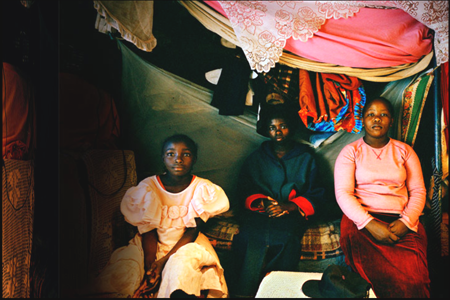
Revisiting the website, I recalled how impacted I was when I first saw the photos. “The Places We Live” is one of the best online exihibits of its kind on the Internet. You must go when you’re done reading; I insist.
New Toilets for Kibera
Progress take interesting shapes in developing countries. I’m reading about the brilliant use of human waste to make cooking gas, for fueling cookers and other devices in a Kibera community kitchen.
There is some resistance over cooking with this newly-found fuel in Kibera, so that it’s suggested that international approval from visiting delegations of high-ranking types having tea near the cooking stove would be good for business.
Aidah Binale is a coordinator with Umande Trust, a development group that partnered with TOSHA to formulate the project.
She says it was difficult at first for community members to accept the gas.
“People will have the idea of, ‘Ah, no, I can’t cook from there, it is from [human] waste.’ Right now we are still trying to capacity build, we are trying to tell them [there is] nothing wrong,” she explained. “We get to have more visitors from different countries coming to visit us. We make sure that when they come to the office, we tell them, ‘Let’s go down there and have tea.’ So when the community comes and sees us drinking tea, they are thinking, ‘Ah, this is a foreigner taking tea. These people are taking tea, we can also cook.’” via Voice of America Urban Health Updates
Project supporters say the TOSHA Bio-Gas Centre is a model for communities everywhere, especially those dealing with power shortages.
Equally important, Roseline Amondi is cooking up githeri at 10 bob instead of 100 or sometimes double that. The economics of the Bio-Gas Centre are in Roseline’s favor: cheap, efficient, healthy energy. The potential for more profit is good news for her restaurant. To that we say “You go, Roseline!”
“At the time we were using flying toilets, there were so many diseases around us like cholera,” she noted. “Once an outbreak of cholera occurs, we are the sufferer. Many of us died, some got into the hospitals. But right now, for the last three months, there was an outbreak [of cholera] within Nairobi, but we were safe because of the bio-center.” via Voice of America Urban
As for the tea … I prefer jasmine. And who knows. Maybe I’ll see you some day. Stranger things have happened in my life. Much love, Anne




